I personally got acquainted with beans as a child. Honestly, I didn't like it at first. But then, apparently, I got a taste. Now we don't do anything with beans: we cook soups with them , canning salads , just boil them and fry them with onions. We like.
If you have never planted beans and would like to know more about this plant, I will be glad to share useful information with you. Fortunately, there is experience in growing beans.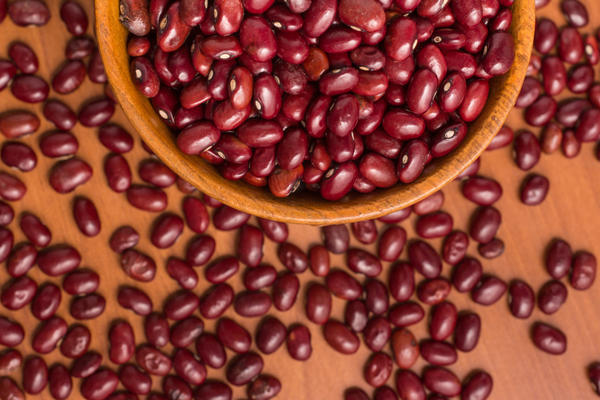
How To Grow Pinto Beans: Planting, Care, Varieties and Types!
Learn more:How to Success on Herb Selling Business a success story
Beans are a plant of the legume family (Fabaceae), which produces fruits in the form of pods with beans. Beans can be curly, or they can grow in the form of a half-shrub. The color, size and shape of the seeds depend on the particular variety.
5 best early maturing bush beans:
How many pinto beans per plant
Plant the seeds six inches apart to a depth of 1-1 / 2 to 2 inches. Cover the seeds with soil carefully. Water the area well when the seeds are planted. During the growing phase, allow the soil to dry out between waterings. If the seeds remain too wet, they risk getting sick.
How to pinto beans Sowing
The first thing to think about is where to land. Beans do not like clay soils, where water seeps poorly. Excessive moisture is harmful to her. The plant loves fertile and light soil. In addition, think in advance which area you have not fertilized for a long time, because beans are Green manure , that is, they saturate the soil with nitrogen . After her, everything grows well.
The second stage is seed preparation. It is necessary to weed out spoiled beans, for example, those with a wormhole. You can then soak the beans overnight so that they germinate faster once they are in the soil. It is also recommended to immerse them in a boric acid solution about 5 minutes before planting - this will protect the seedlings from pests .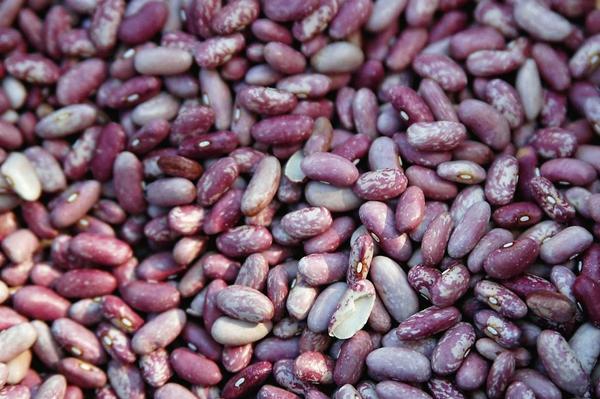
Beans
Learn more:Step by Step Companion Planting Guide for Vegetable Gardens
When the seeds are prepared and the place is chosen, we prepare the bed. Curly beans can simply be planted along a fence, for example. We water the soil from a watering can and stick the beans in rows to a depth of 5 cm. In this case, the distance between the plants should be at least 15 cm.
If the temperature has not yet settled down, cover the garden bed overnight to protect it from frost. It is not recommended to plant beans at temperatures below +10 ... + 15 ° C.
How to pinto beans Bean care
In order for the beans to be born, they must be properly cared for. Care consists in loosening the soil, weeding , feeding, watering, and pest control.Like most plants, this crop is highly dependent on a regular supply of moisture. It is best to use drip irrigation. It is advisable to spray the top spraying in the first half of the day, so that the leaves of the sprouts have time to dry out by sunset. It is preferable to get rid of weeds by cultivation or mulch, but do not process the plant when its leaves are excessively wet. The best neighbors in the garden for various varieties of "bush" beans will be tomatoes, eggplants, and peppers.
Loosening the soil
The soil must be loosened from the very emergence of seedlings. We do this carefully so as not to damage the root system and not accidentally pull out the beans themselves. In the future, loosening between rows can be combined with weeding.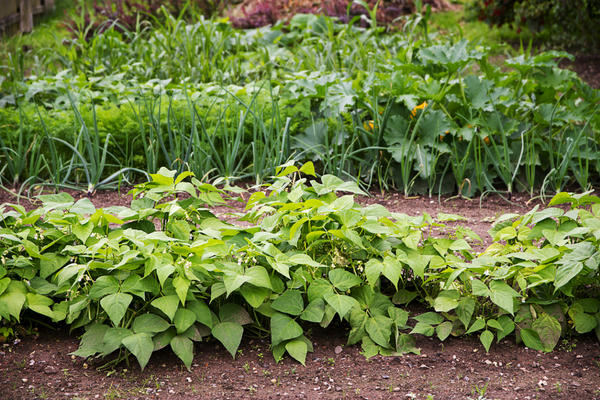
A bed of beans in the garden
Over the past year over 13,200 families have also already successfully used the very same technique 👇
Top dressing
3-4 weeks after the emergence of seedlings, the first feeding is carried out. Usually, a full range of fertilisers is used , but most of all at this stage the plant needs nitrogen. Ideally, it should receive atmospheric nitrogen, but in dry weather, the plant can acutely feel its lack. For example, some people use fermente bird droppings to fertilize beans . We did not feed beans at all this year, but in our weather it is not necessary.Beans are blooming.
After about 3 weeks, you can carry out a second feeding - already for the formation of fruits. This time, the most important for the plant are phosphorus , magnesium and potassium (all this is contained in ordinary ash ).
Here's what has grown with us (mind you, 21 days passed between the first and second photos):
Beans are ripening
How to pinto beans Watering
Beans require a lot of water, especially during the pod formation phase. Therefore, you need to ensure that the soil is moderately moist. It is difficult to indicate the exact rate of watering - it directly depends on the weather and soil. The best water for irrigation is rainwater. And the benefits of thunderstorms are difficult to overestimate. The plant grows very strongly after a thunderstorm.How to pinto beans Pest control
Someone, in particular, ours, beans do not need such care, since there are simply no pests. But just in case ...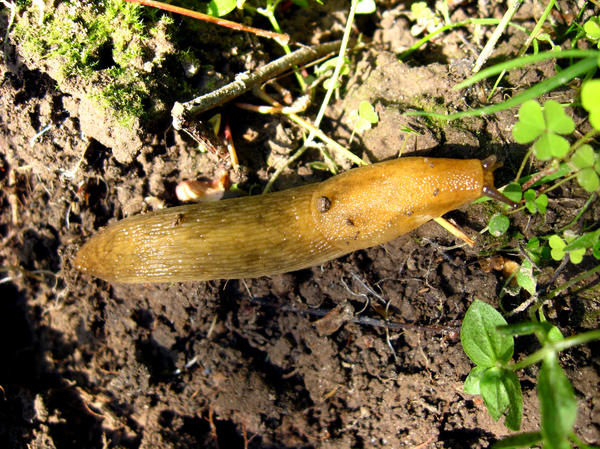
Slugs are the main pests of beans
Learn more:Building In Back Small Garden New Rules:Tips For Design Small Garden
Most often slugs infect beans . As measures to prevent this scourge, it is necessary to remove weeds in a timely manner , monitor moderate soil moisture. If the slugs are already wound up, a fairly effective measure is to remove them. They like to gather on pebbles and other objects. I even heard that some gardeners specifically leave some kind of household equipment so that the slugs climb on them, and it was easier to collect them)).
Copper preparations are helpful against fungal diseases and viruses.
How to pinto beans Harvesting and canning
It all depends on the variety of beans and the needs for which you want to send it, so to speak)). Asparagus beans should not be kept until dry, otherwise their value will be lost. Asparagus beans are beans that are eaten whole, in green form! That is, pods with seeds are subject to preparation, and not just seeds. Inside it is not only seeds, but also the pulp that fills the cavities. Why asparagus? Well, supposedly when cooked, it looks like asparagus ... Although I didn't notice such a similarity)). But try it, it's delicious. French beaoften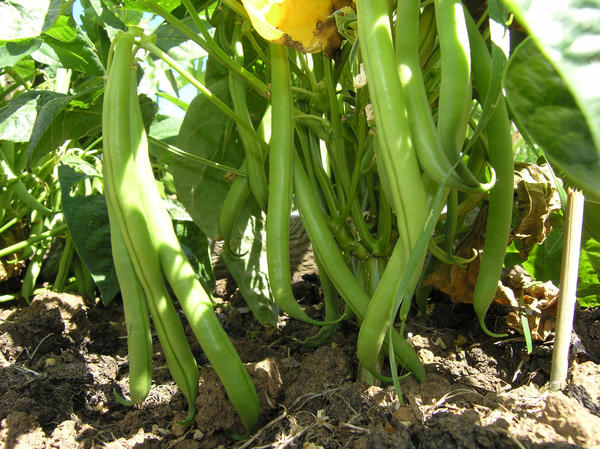
Over the past year over 13,200 families have also already successfully used the very same technique 👇
Backyard Miracle Farm Review ⚠️ Does Really Work ?
For preservation, the beans need to be harvested earlier than usual. If you want to stock up on beans for the winter, wait until the pods turn yellow and begin to open. The main thing is not to miss this moment, otherwise you will have to collect beans from the ground. But it is best to remove the beans when they are ripe, but still slightly green (not quite dry, plump). To determine maturity, you need to break the pod in half. There should be no fibers around the edges, the break should be even.
Many people harvest beans all at once - this is wrong: the pods can ripen as the plant grows. Therefore, we collect gradually. Continuous monitoring of maturity!))
By the way, if there are a lot of beans and you are reluctant to sort out each pod, you can beat it with a stick. It's simple. Part of the beans is laid on the coverlet, covered with another coverlet on top and knock on it with a stick with slight movements. Some of the beans will definitely come out of the "houses". It remains only to get the leftovers =)
There are a number of general tips for growing beans.
Beans are a picky plant for growing in a summer cottage, useful in their properties, rich in vitamins, microelements, high-quality protein, having a great variety of species and colors. Everyone today can find beans that they like.
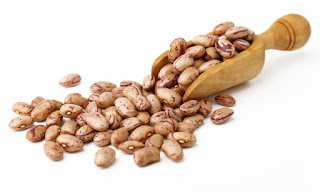

.jpeg)


0 Comments
Post a Comment